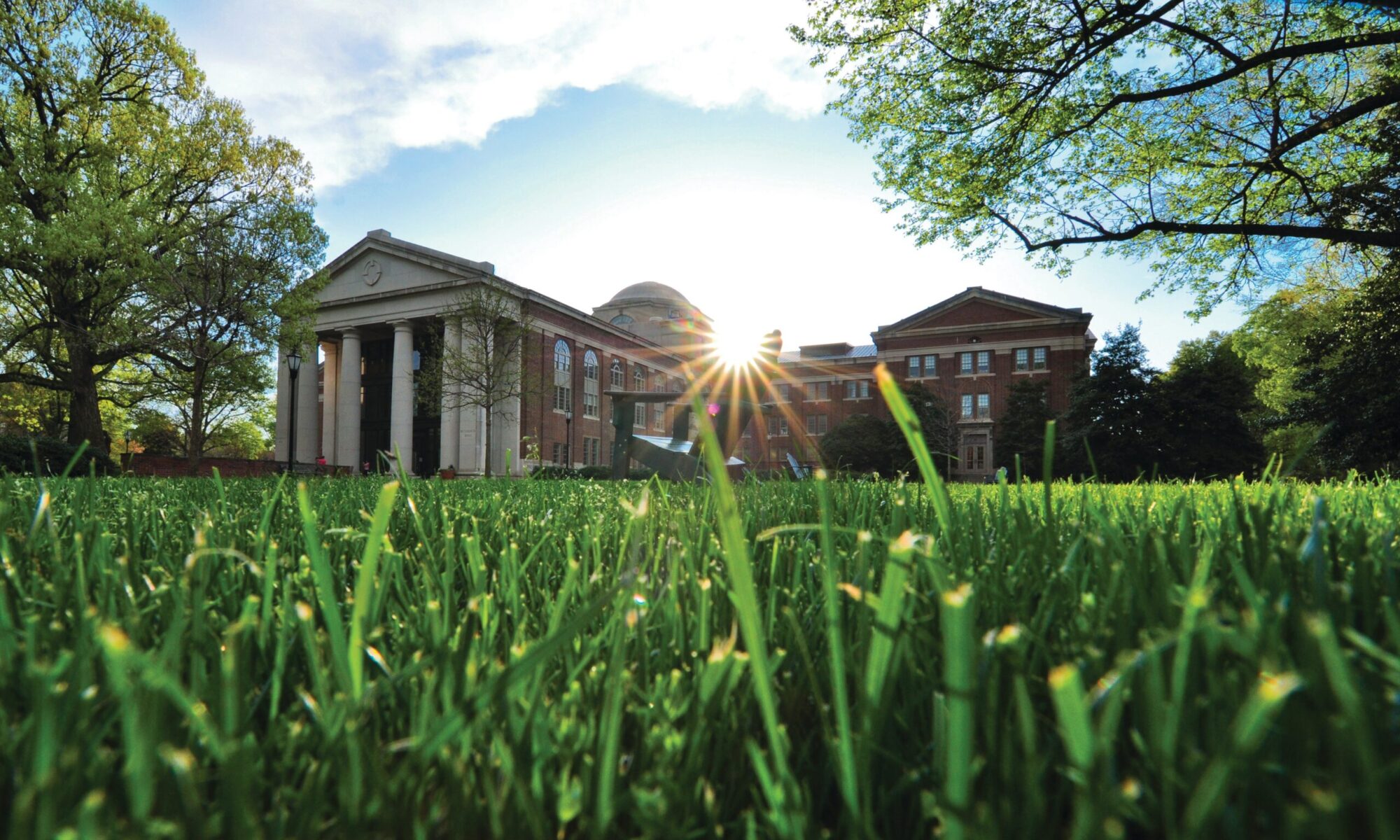Below is the second post written by Jolley Foundation grant recipient Rebecca McKee ’14 about her summer internship in South Carolina. Her first post can be found here.

With the final days of my time at the South Carolina Aquarium ticking by, I have been savoring every moment I spend with the outreach animals and the amazing educators, biologists, and fellow students I have had the privilege of learning from this summer. Since the last post, I have had a chance to perform all of the aquarium’s educational shows at least once, try my hand at working with Pippen (the barn owl), and watch a vet perform a colonoscopy on a Sea Turtle. So even though I am much closer to my last day here than my first, the learning and new experiences have continued at an impressive pace.
The last few days have been particularly exciting for the education team, as it has been “A Celebration of Sharks.” Like Shark Week, the weeklong series of programs focusing on sharks that appears every summer on Discovery Channel, A Celebration of Sharks at the aquarium features special programs to educate guests about the great predators of the ocean—only with less footage of shark attack carnage. The advent of the week has meant learning new shows that feature sharks as well as brushing up on lots of information about the six species of sharks found at the aquarium. I have especially enjoyed learning about white spotted bamboo sharks, a carpet shark that has made its home in the touch tank for the week. This shark native to Madagascar couldn’t seem more at ease in his South Carolina home, and rarely even wakes when hundreds of fingers stroke its sandpaper-like skin.

The bustling crowds of summer camps and vacation families that flock to the touch tank and shark shows are a nice contrast to the very quiet days working on my research. At the end of July, I completed the terrapin-filming portion of my research. After a few days of checking the terrapins’ weights and cleaning the numbers off their backs, I released the 38 male terrapins to their home in Townsend Creek, taking care not to release them too closely to the mink or bald eagle we passed en route to their beautiful home, both of which are known to prey on terrapins. They have been replaced in my test tank by blue crabs. Unlike terrapins, which seem to be somewhat social and pretty curious, the crabs prefer to spend their days fiercely defending their position behind a rock or under a brick from their tank mates. When they are not fighting one another, the crabs are helping assess if the bycatch reduction devices (BRDs) used to prevent terrapin entry in crab traps also reduces the crab’s ability to enter the trap. By filming the crabs as they undergo the same trials with the vertical BRD, the horizontal BRD, and without a BRD, we can assess if the BRD orientation changes the way the crabs interact with the trap. Understanding this relationship is essential in balancing the conservation a threatened species and the commercial benefits of crabbing.

As I look ahead to the school year, I am excited to begin analyzing the footage I captured at the aquarium this summer. I am very grateful to the Davidson College Herpetology Lab, the South Carolina Aquarium and the Jolley Foundation for providing such a valuable opportunity, and I am hopeful that I can take all I’ve learned with me to future experiences in the field of environmental education.
